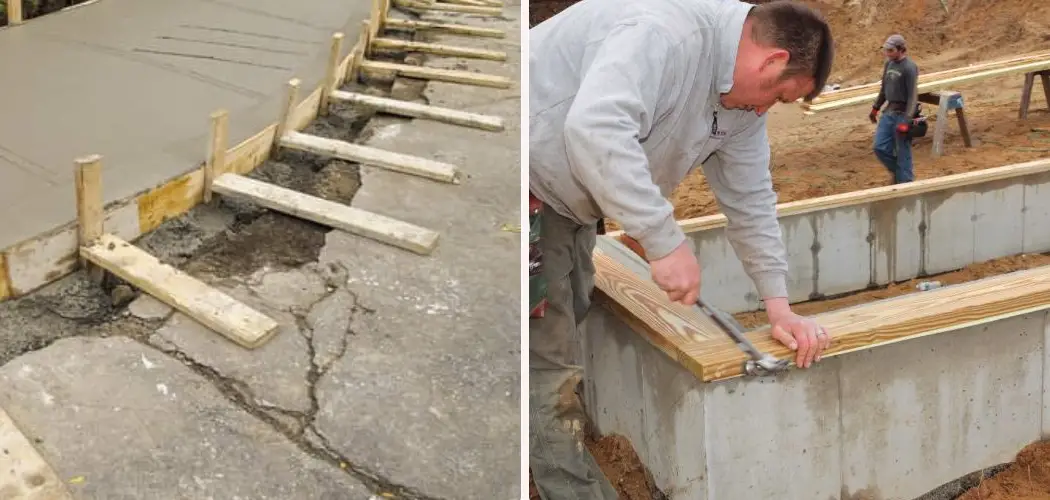Cement is a heavy, durable material that can be great for creating structures such as patios, steps, and walls. However, getting it to stick to wood can be a bit tricky. In this blog post, we’ll give you some tips on how to make cement stick to wood and create a long-lasting structure. Let’s get started!
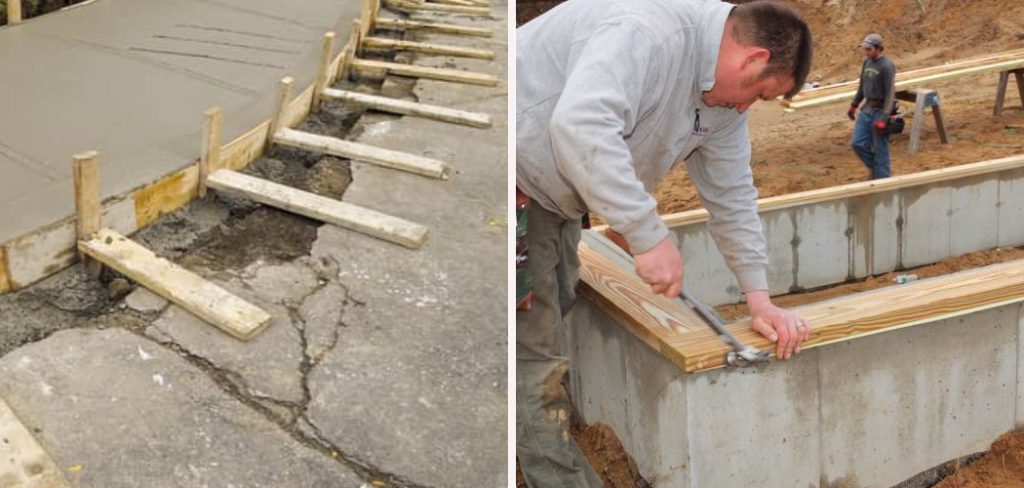
Why It’s Important to Make Cement Stick to Wood?
It is crucial to ensure that the material sticks securely to wood when making cement. This is because the two materials have very different properties, which means they may not bond easily or at all. For example, cement is a stiff material, whereas wood is relatively flexible and porous.
For the two materials to work together effectively, it is necessary to use adhesive substances such as glue or special coatings to create strong bonds between them. Such bonds are important for several reasons:
Firstly, they help prevent cracking and other structural damage on the wooden structures to which cement is applied; secondly, they ensure that the concrete has a smooth and even surface without noticeable gaps; and finally, they ensure that the entire structure is secure and safe to use.
Therefore, while making cement stick to wood may seem like a basic task, it is an important step in creating strong and durable structures.
Needed Materials:
Before we dive into the steps on how to make cement stick to wood, let’s go over the materials you’ll need for this project:
Wood Surface (Such as a Wooden Board or Beam)
It is essential to have a clean, smooth, and dry wood surface for the best adhesion. Any debris or moisture on the wood can hinder the bonding process.
Cement
Choose a cement mix that is suitable for the type of structure you’re building. For example, there are specific mixes for outdoor structures such as patios or walls, while others are more suitable for indoor projects like floors or countertops.
Sandpaper
This will be used to create a rough texture on the wooden surface, which helps the cement adhere better. Choose sandpaper with a medium grit (around 80-120) for best results.
Wood Primer
A wood primer is a crucial step in ensuring that the cement sticks to the wood surface. This primer acts as a bonding agent between the two materials, creating a strong and durable bond.
Concrete Adhesive
This is an optional but highly recommended material to use in this process. Concrete adhesive helps strengthen the bond between cement and wood, making it more resistant to cracking and moisture.
How to Make Cement Stick to Wood Step-by-Step Guide
Step 1: Determine
Cement can be a great material for many different projects, but one of the main challenges is getting it to stick to wood effectively. To do this successfully, it is important to start with a good quality wood that has been properly prepared. You should also make sure that the type of cement you are using is suitable for your specific project. But However, if you’re unsure about the type of cement or wood to use, don’t hesitate to seek advice from a professional.
Step 2: Prepare the Surface
Thoroughly sand the wood surface to create a smooth texture. Wipe away any debris or dust with a tack cloth. If you are working with new wood, it is important to condition it first by sanding it and then wiping it down with a damp cloth. This will help open up the wood’s pores so that the cement can better adhere.
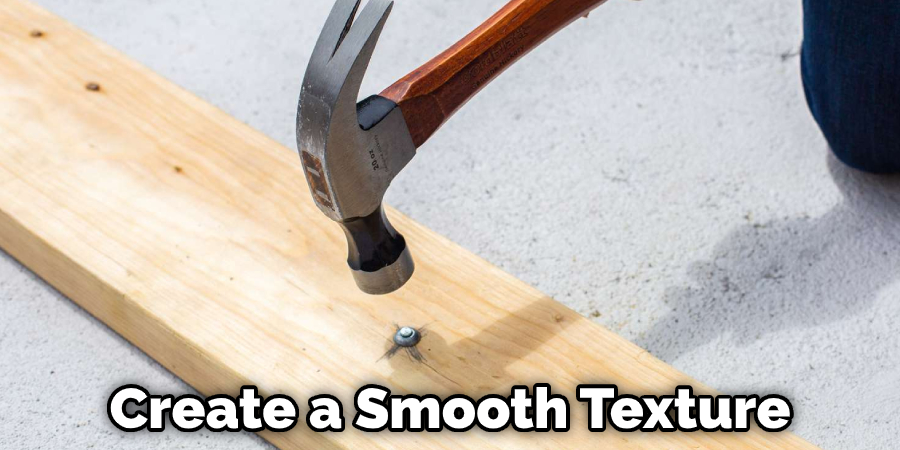
The surface should be dry before moving on to the next step. If working with previously finished wood, sand the surface to remove any old coatings or finishes that may hinder the bonding process.
Step 3: Mix Your Ingredient
Once the surface is ready, it is time to mix your cement. You can use a traditional mortar mix or purchase a premixed product specifically designed for adhering cement to wood. Be sure to thoroughly stir the mixture until it is smooth and free of lumps, and then apply it in a thin coat over the prepared surface.
Step 4: Apply the Cement
Use a putty knife or trowel to spread the cement evenly over the surface of the wood. Be sure to apply it in a thin layer and work quickly before it begins to set. If necessary, you can use a hairdryer on low heat to keep them from drying out too quickly. There is no need to cover the entire surface with cement as long as there is enough for it to adhere to the wood properly. You can also use the back of your putty knife to create a textured surface for better adhesion.
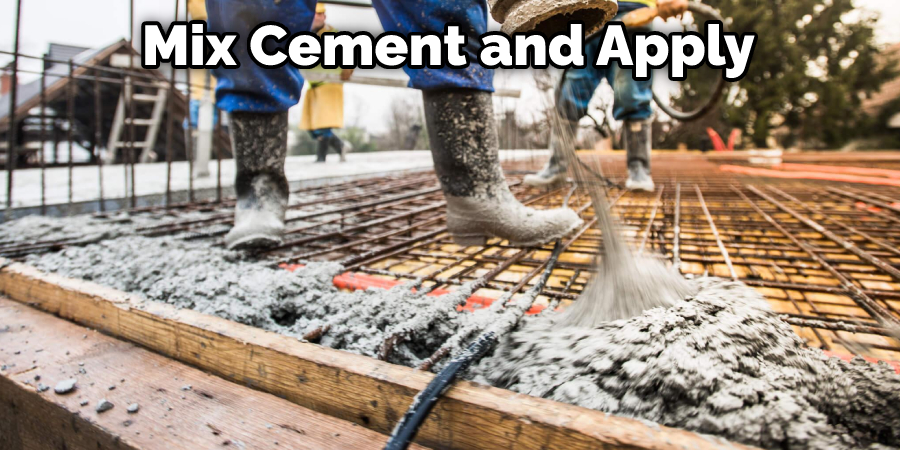
Step 5: Let it Dry
Once your cement has been applied, it is important to let it dry completely before moving on. Depending on the thickness of the coat, this may take anywhere from a few hours to a day or more. Once the surface is completely hard, you can proceed with your project as usual. Your cement should stick to wood surfaces with good preparation and proper application techniques.
Step 6: Paint Your Wood
After your cement is dry, you may want to paint or finish the wood to protect it from the elements. This is especially important if the wood is exposed to moisture or humidity. You can use any paint or sealant that is compatible with cement. Be sure to let it dry completely before using or handling the wood. Otherwise, you may risk damaging the bond between the wood and cement. It is also essential to regularly maintain and reapply any protective treatments to ensure the longevity of your structure.
Step 7: Optional – Use Concrete Adhesive
As mentioned earlier, using a concrete adhesive can help create a stronger bond between cement and wood. Follow the instructions on the adhesive product for best results. This step is especially beneficial for outdoor projects that may be exposed to moisture or changing weather conditions. You can also opt to use a sealer on top of the adhesive for extra protection and durability.
Step 8: Get Someone to Help
If you are new to working with cement, it is always good to get help from an experienced professional. This can be especially important if you are using large or heavy pieces of wood.
A professional will have the experience and tools to ensure the cement sticks are effective and safe for your project. With some preparation and proper techniques, you can make cement stick to wood surfaces effectively.
Now that you know how to make cement stick to wood, you can start thinking about your next project. This can be a great material for many different applications, but it is important to take the time to prepare the surface correctly. Be sure to sand the wood thoroughly and wipe away any dust or debris before applying the cement.
If working with new wood, be sure to condition it first. Once the surface is ready, mix your cement and apply it in a thin layer. Be sure to let it dry completely before moving on to the next step. You can then paint or finish the wood as desired.
With a little bit of preparation and the right techniques, you can effectively make cement stick to wood surfaces. By taking the time to do it correctly, you can ensure that your project will succeed.
What’s the Difference Between Cement and Concrete?
Cement and concrete are both widely used construction materials that have several applications. However, there is a big difference between the two. Cement is a fine powder made from limestone and clay. When mixed with water, it forms a paste that can be used to bind together with other materials.
On the other hand, concrete is a much more sturdy material made from cement, sand, gravel, and water. It is often used for building foundations, floors, and walls. While cement is an essential ingredient in concrete, it cannot be used on its own.
So, when people refer to “cement houses” or “concrete houses,” they are talking about two different things.
What Is the Best Adhesive for Concrete Stick to Wood?
There are several different adhesive options available. Many people choose to go with glue, while others prefer a more permanent solution such as screws or nails. However, one adhesive consistently outperforms the rest when it comes to sticking concrete to wood: epoxy.
This powerful adhesive forms incredibly strong bonds between materials and have a high tolerance for exposure to moisture, extreme temperatures, and heavy wear. So whether you’re trying to repair an existing structure made of concrete and wood or want to attach a new piece of wood onto an existing concrete surface, epoxy is the ideal choice.
With its unmatched strength and durability, epoxy is the best adhesive for concrete to stick to wood.
How Do You Get Concrete to Stick to Plywood?
There are a few different ways to get concrete to stick to plywood. One way is to use construction adhesive. This type of adhesive is specifically designed to bond concrete to plywood and other surfaces. Another option is to use a self-leveling concrete mix. This type of concrete is mixed with water and then poured onto the surface.
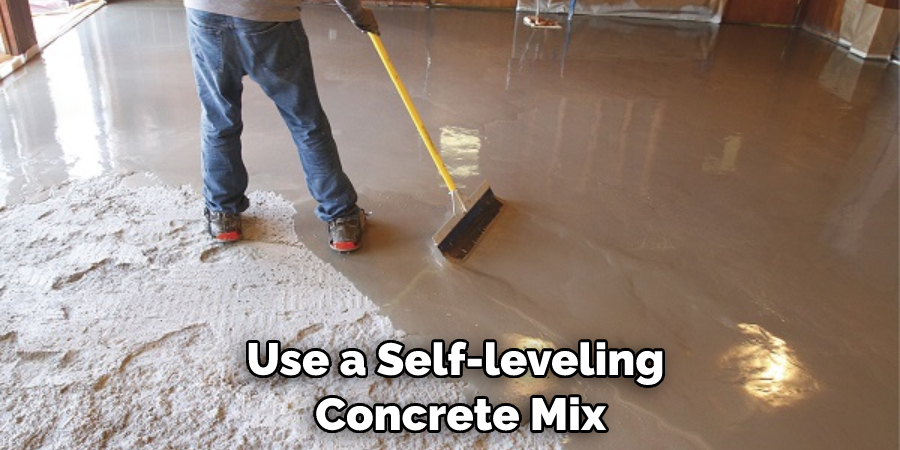
It will spread out evenly and should bond well to the plywood. Finally, you can also try using a mortar mix. This type of concrete is mixed with sand and water and then applied with a trowel. It can be a bit more difficult to work with, but it will create a strong bond between the concrete and plywood.
Whichever method you choose, be sure to clean the surface of the plywood first and make sure it is free of any dirt or debris.
How Do You Keep Concrete From Sticking to Formwork?
There are a number of different strategies that can be used to keep concrete from sticking to formwork. One popular method is to coat the formwork with a release agent, a thin layer of oil or wax that helps to separate the concrete from the surface.
Another option is to use mold release products designed specifically for this purpose and come in various applications and finishes, depending on your needs. Additionally, some formwork can be constructed out of materials that are naturally resistant to concrete bonding, such as fiberglass or Teflon.
Ultimately, the best way to keep concrete from sticking is to prep the formwork thoroughly before using it. This involves cleaning it thoroughly with soap and water, applying any necessary release agents or coatings, and taking care not to contaminate the areas where fresh concrete will be poured.
With this approach, you can reliably keep unwanted concrete buildup off your formwork and maximize its lifespan for years to come. Keep reading for more information about how to make cement stick to wood.
Can I Pour Concrete Over Wood Porch?
One common question that our team at Porch ‘n’ More receives is whether the concrete can be poured over a wood porch. The answer is yes, with a few caveats. First, the wood must be in good condition without rot or damage. Second, the wood should be treated with a sealant to protect against moisture.
Third, the concrete must be properly mixed and applied to adhere properly to the surface. With these considerations in mind, pouring concrete over a wood porch can be an effective way to create a durable and long-lasting surface.
Does Concrete Stick to Wood?
The answer to this question is a little bit tricky. In general, concrete will not stick to wood very well. However, there are a few things that you can do to help improve the bond between the two materials.
One thing that you can try is to use a bonding agent or primer before applying the concrete. This will help create a better surface for the concrete to adhere to. Another option is to roughen up the surface of the wood with sandpaper or a wire brush. This will also help create a better surface for the concrete to grab onto.
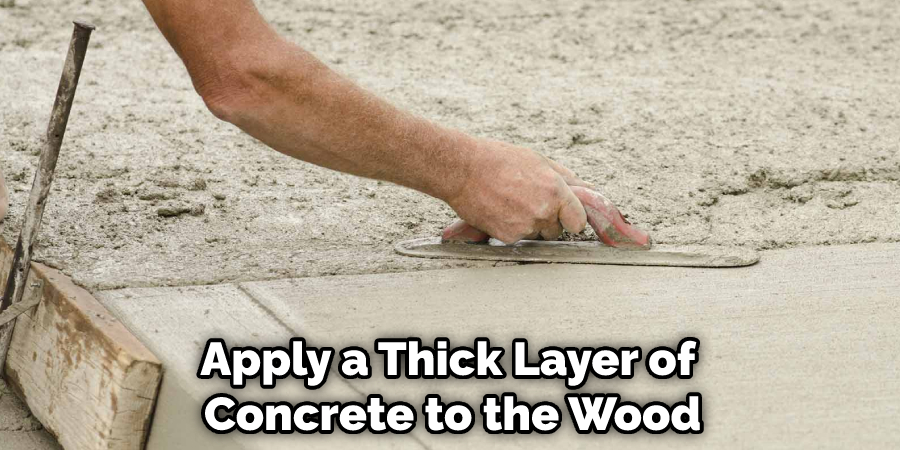
Finally, make sure to apply a thick layer of concrete to the wood. The thicker the layer, the more likely the concrete will stay in place. You may also want to apply some weight to the top of the concrete while it dries to help keep it in place.
Can You Use Liquid Nails on Cement Board?
Cement is a popular material for building projects, as it is durable and long-lasting. However, getting cement to stick to wood can be challenging, especially with porous materials like plywood or particleboard. One option that many people use to make their cement adhere more effectively to wood is liquid nails.
A liquid nail is an adhesive that works by creating a strong bond between surfaces. It can be applied with a brush or roller, and once it has had time to set, it will effectively hold cement in place on your wood surface. However, it is important to note that liquid nails should not be used on wet or damp surfaces, as the glue may not be set properly.
Frequently Asked Question
Does Gorilla Glue Stick Wood to Concrete?
Yes, Gorilla Glue will stick wood to concrete. First, make sure that the surfaces are clean and dry. Next, apply a thin layer of Gorilla Glue to one surface and press the two surfaces together. Hold them in place for a few minutes until the glue sets.
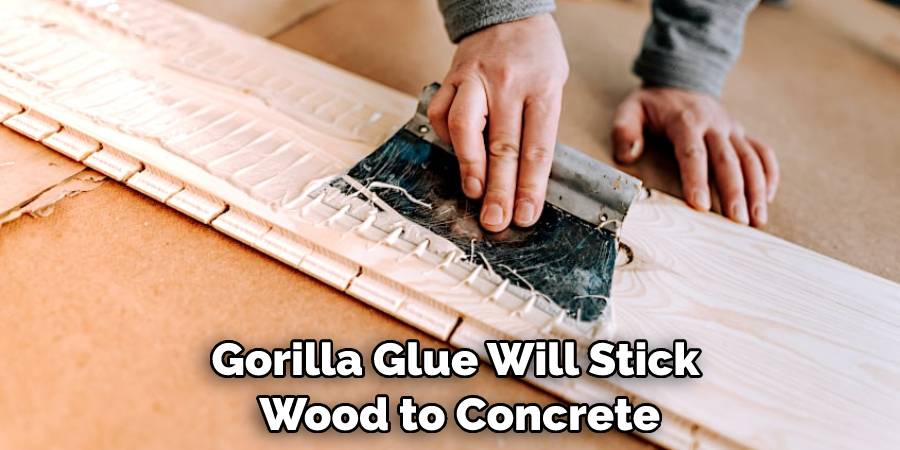
Do Liquid Nails Adhere to Concrete?
The answer to this question is yes; Liquid Nails adhere to the concrete. This adhesive is a popular choice for projects that require bonding concrete and other materials together. When using Liquid Nails, follow all of the manufacturer’s instructions to ensure proper bonding.
Can I Pour Concrete on Wood Floor?
There is no definitive answer to this question as it will depend on several factors, such as the type of wood and the surface condition. However, it is not recommended to pour concrete on a wooden surface in most cases.
If you are looking to do so anyway, it is important to ensure that the wood is properly prepared and sealed before pouring the concrete. Doing so will help to ensure that the cement adheres to the surface and does not cause any damage to the wood.
Does Concrete Stick to Wax Paper?
One way to make sure that your cement will stick to the wood is to apply a layer of wax paper to the surface of the wood before you apply the cement. This will help to create a stronger bond between the two surfaces.
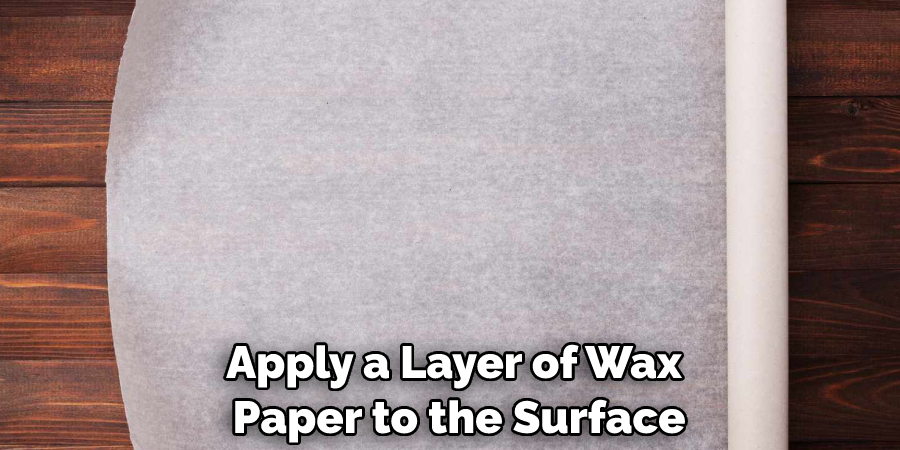
Conclusion
So there you have it – a few tips to help make your cement projects stick better to wood. By following these simple steps, you can avoid some of the most common mistakes and ensure that your cemented creations look great and last for years to come. Thanks for reading our post about how to make cement stick to wood.
Have you tried any of these methods yourself? What worked (or didn’t work) for you? Let us know in the comments below!
You Can Check It Out To Stick Wood to Brick

